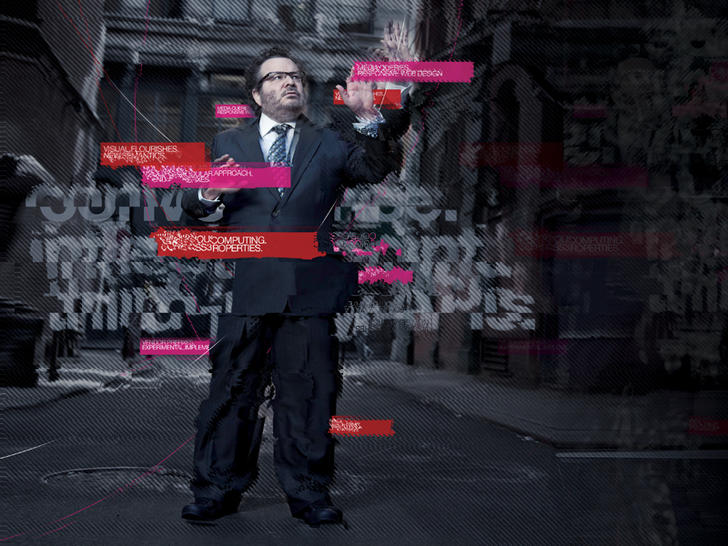BRIAN ALVEY (home, Twitter) is our guest on The Big Web Show Episode 39, recording live Thursday, February 16, at 12:00 PM Eastern at 5by5.tv/live.
Brian is CEO of Crowd Fusion, a publishing platform that combines popular applications like blogging, wikis, tagging and workflow management, and a leader in the content management world. He co-founded Weblogs, Inc.—home to Engadget, Autoblog, TUAW and more—and built the Blogsmith platform, both of which were acquired by Aol and are essential to their current strategy. Brian has been putting big brands on the web since 1995 when he designed the first TV Guide website and helped BusinessWeek leap from Aol to the web.
Brian built database-driven web applications and content management systems for many large companies in the 1990’s including Intel, J.D. Edwards, Deloitte & Touche and The McGraw-Hill Companies. His 1999 Tech-Engine site was a “skinnable HotJobs” which powered over 200 online career centers including XML.com, Perl.com, O’Reilly & Associates Network, DevShed, and Computer User magazine.
He has been the art director of three print magazines (I met him in 1995 when he was art director for “Net Surfer” or something like that) and was the Chief Technology Officer of Rising Tide Studios where he developed The Venture Reporter Network, which is now a Dow Jones property.
In 2003, Brian invented and launched Blogstakes, a sweepstakes application for the blogging community. He is a former Happy Cog partner of mine; at Happy Cog, Brian built content management systems for customers including Capgemini, A List Apart, and the Kansas City Chiefs. He was also the creator and host of the Meet The Makers conference, a series of talk show-style events that were so compelling, they helped inspired me to create An Event Apart with Eric Meyer.
And I’ll stop there. Ladies and gentlemen, a legend and true creative force in this medium. Please join us at tomorrow on 5by5.tv/live for a lively and wide-ranging discussion.
The Big Web Show (“Everything Web That Matters”) records live every Thursday at 12:00 PM Eastern. Edited episodes can be watched afterwards, often within hours of recording, via iTunes (audio feed | video feed) and the web. Subscribe and enjoy!












